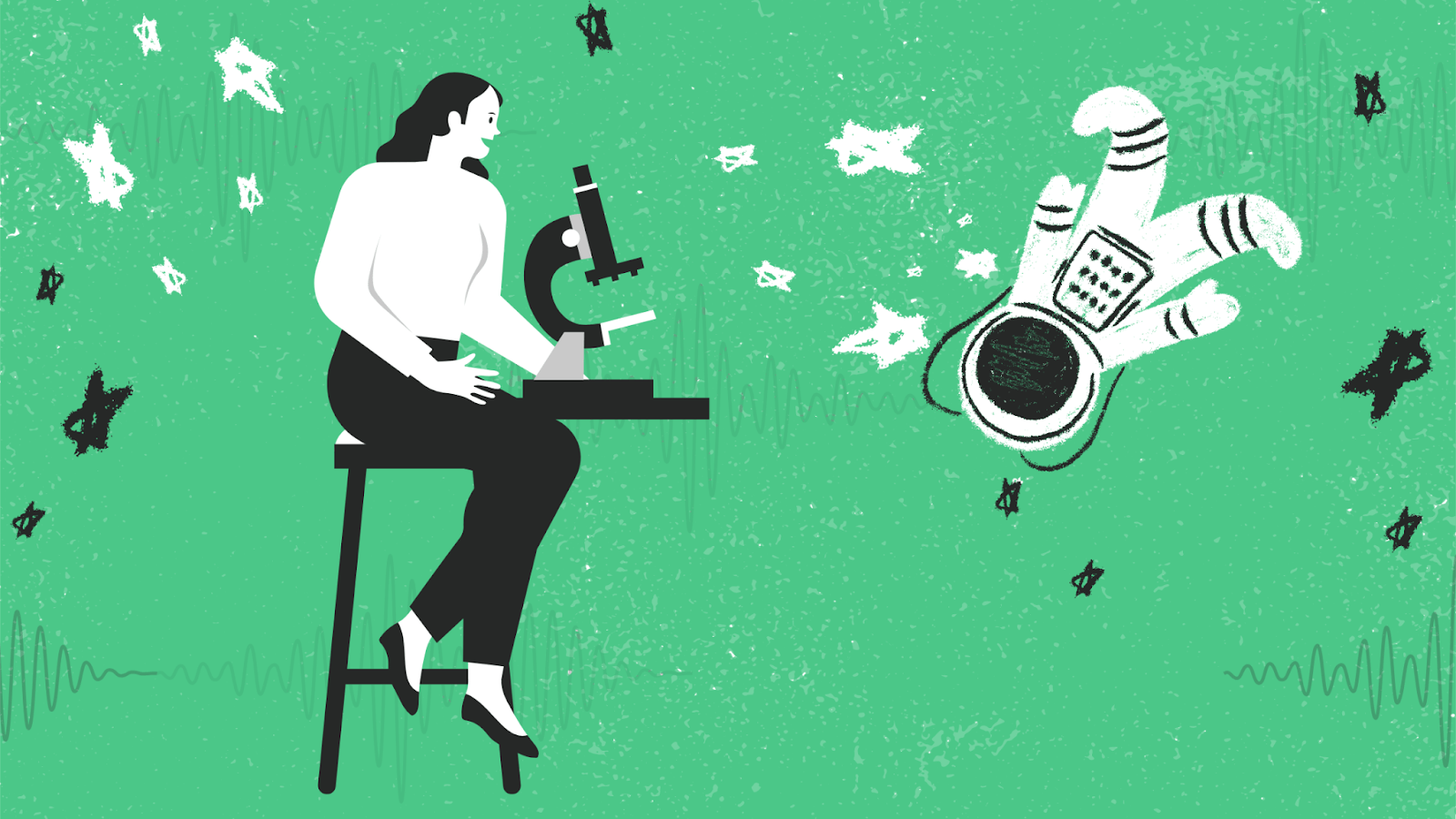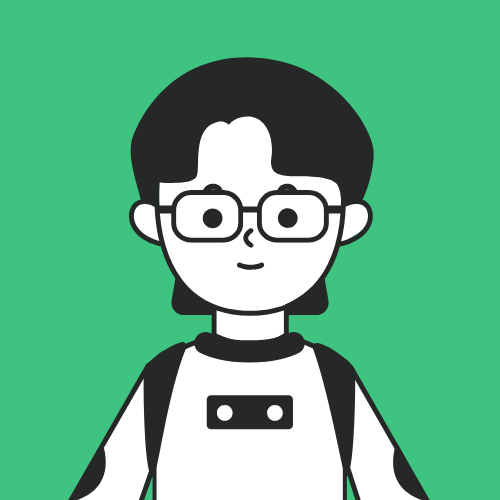When English actress Keira Knightly was five, she loved school. In a discussion with global charity Made by Dyslexia, she says that started to change when she turned six and her teachers realized that she had been memorizing books read to her by her mother rather than reading them on the spot.
“I saw myself completely differently from that moment.”
Luckily for Knightly, her school was willing and able to provide support that empowered her to succeed along with her classmates.
“If you tell a child that they’re not good at something and you tell a child that they’re stupid, then they’ll feel like they are…it’s really important to say ‘You’re not stupid. Your brain simply works differently than other people.’”
Like with all disabilities, there are plenty of misconceptions about learning disabilities like dyslexia. Read on as we debunk seven of them.
Myth #1: Those with learning disabilities are less intelligent.
Learning disabilities are processing disorders unrelated to a person’s IQ. Those with learning disabilities have the cognitive ability to succeed, but our world is generally not set up to accommodate the way their brains prefer to process and communicate information. While people with learning disabilities may often have above average IQs, they may struggle to demonstrate their intelligence in the same ways that their neurotypical peers do.
Myth #2: Everybody has a learning disability these days.
Scientific advancement and increased advocacy work mean that disabilities in general are seeing more attention. Learning disabilities have always existed - like all disabilities, they’re more likely to be recognized now than in the past. Really, only about 4 to 6 percent of the population meets the diagnostic criteria for having a learning disability.
Myth #3: Those with learning disabilities are not as successful in life.
Parents of children with learning disabilities may fear the lifelong impact those disabilities will have on their kids’ success. And their fears are not unwarranted: students with learning disabilities drop out of school at about 3 times the rate of neurotypical students. With the right support, though, those with learning disabilities can learn strategies to thrive in school, work, and life. The more a person with a learning disability knows about themself and their specific needs, the more they’ll be able to succeed. In fact, studies have shown that the earlier a student is able to advocate for themself in the classroom, the more successful they will be in school.
The reality is that people with learning disabilities have succeeded in every field: they’ve been Pulitzer Prize-winning poets, elected officials, actors, engineers, doctors, and so on. A learning disability may be with a person for life, but that doesn’t mean the challenges it poses are insurmountable.
Myth #4: Only children struggle with learning disabilities.
There’s a common misconception that learning disabilities fade or even go away with time and aging. While a person with a learning disability may gain tools and experience that will help them to better manage it, these disabilities are not “cured” over time. In fact, they may have an even greater impact in adulthood as tasks and environmental demands change. Most people with learning disabilities are not diagnosed prior to reaching adulthood.
Learning disabilities are not like diseases. They result from specific brain structures and functions - a person’s learning disability is an enduring part of who they are.
Myth #5: Most learning disabilities stem from vision problems.
This misconception is especially common as it relates to children with dyslexia. Actually, learning disabilities are caused by differences in brain wiring and have no connection to vision. Children with dyslexia or other learning disabilities are no more likely than other kids to have eye and vision problems.
Myth #6: Learning disabilities only affect students.
Because academic settings tend to be designed with neurotypical brains in mind, students with learning disabilities often struggle academically. It’s important to recognize, however, that these disabilities can and do affect an individual in a number of other ways. A person with a learning disability may struggle to “fit in” socially. They may have trouble securing jobs because of their limitations and a lack of helpful accommodations. A job seeker with untreated dyslexia or poor handwriting might further have trouble creating a resume and filling in applications.
Myth #7: Learning disabilities are easily diagnosed.
The specific cause of learning disabilities has yet to be discovered. This means that there’s not one tried-and-true method for testing for and labeling these disabilities. A learning disability is not a broken bone - the journey to a diagnosis may be long and arduous.
In Conclusion
Misconceptions like these can be damaging to both children and adults living with learning disabilities. Not all great minds think alike - and knowledge of and honest conversations about the realities of having one of these disabilities are crucial to building a culture that is inclusive of and equitable for everyone.
By opening doors to people who struggle to read text on a screen, accessible tools like Reazy text-to-speech can be life-changing. Learn more about Reazy and try the free Google Chrome extension at reazy.pro.
Thanks to PBS, Understood, and The Janus School for providing some of the information in this post.

